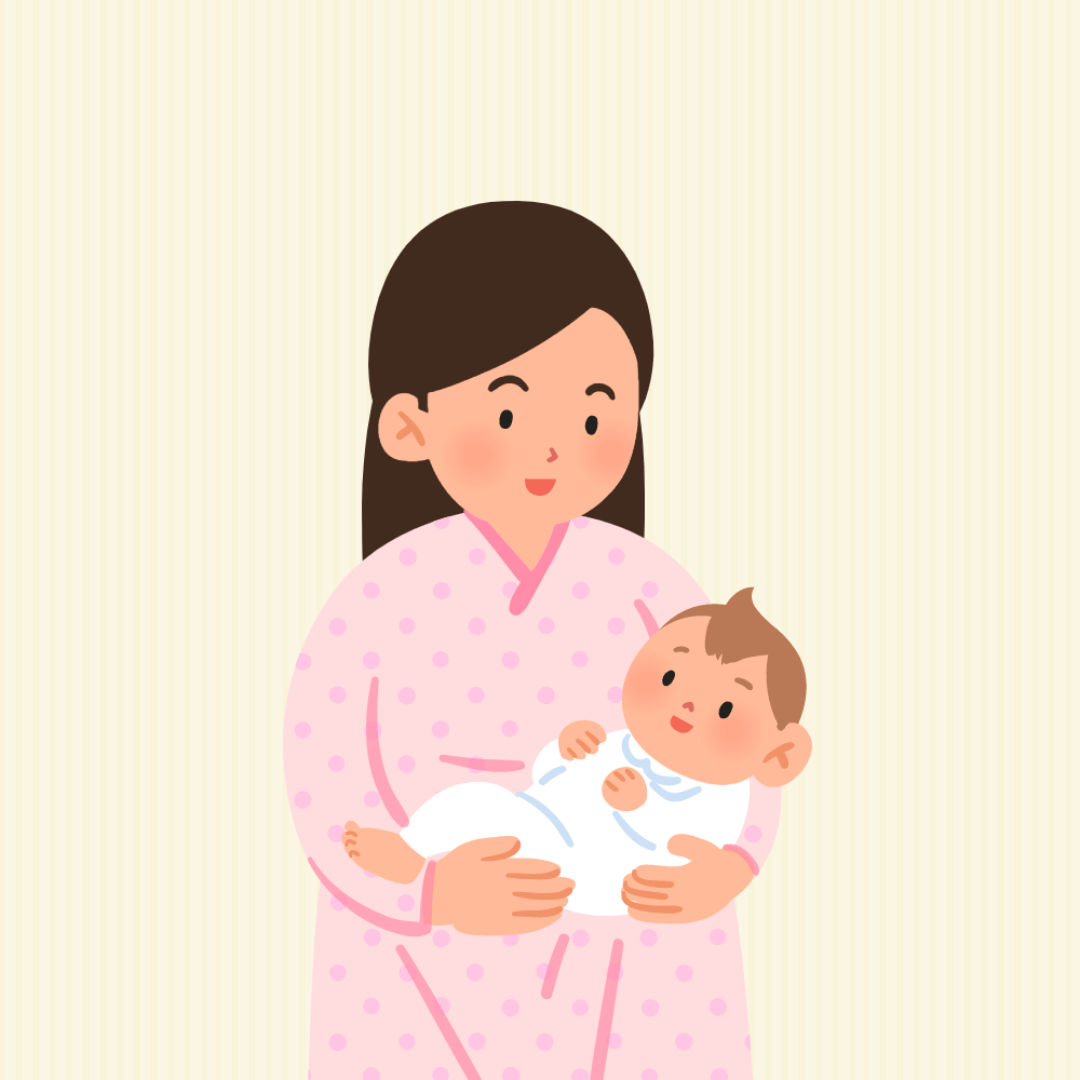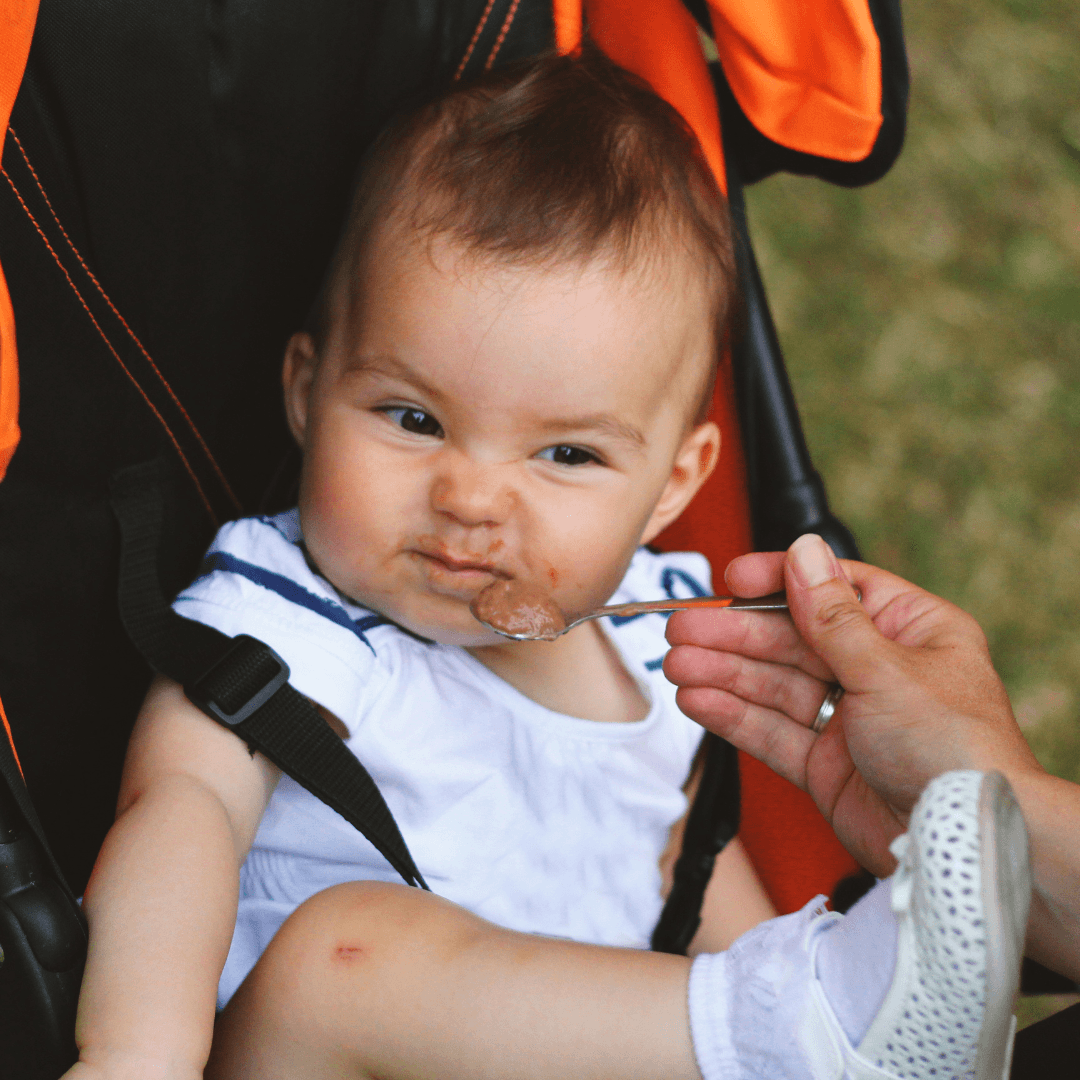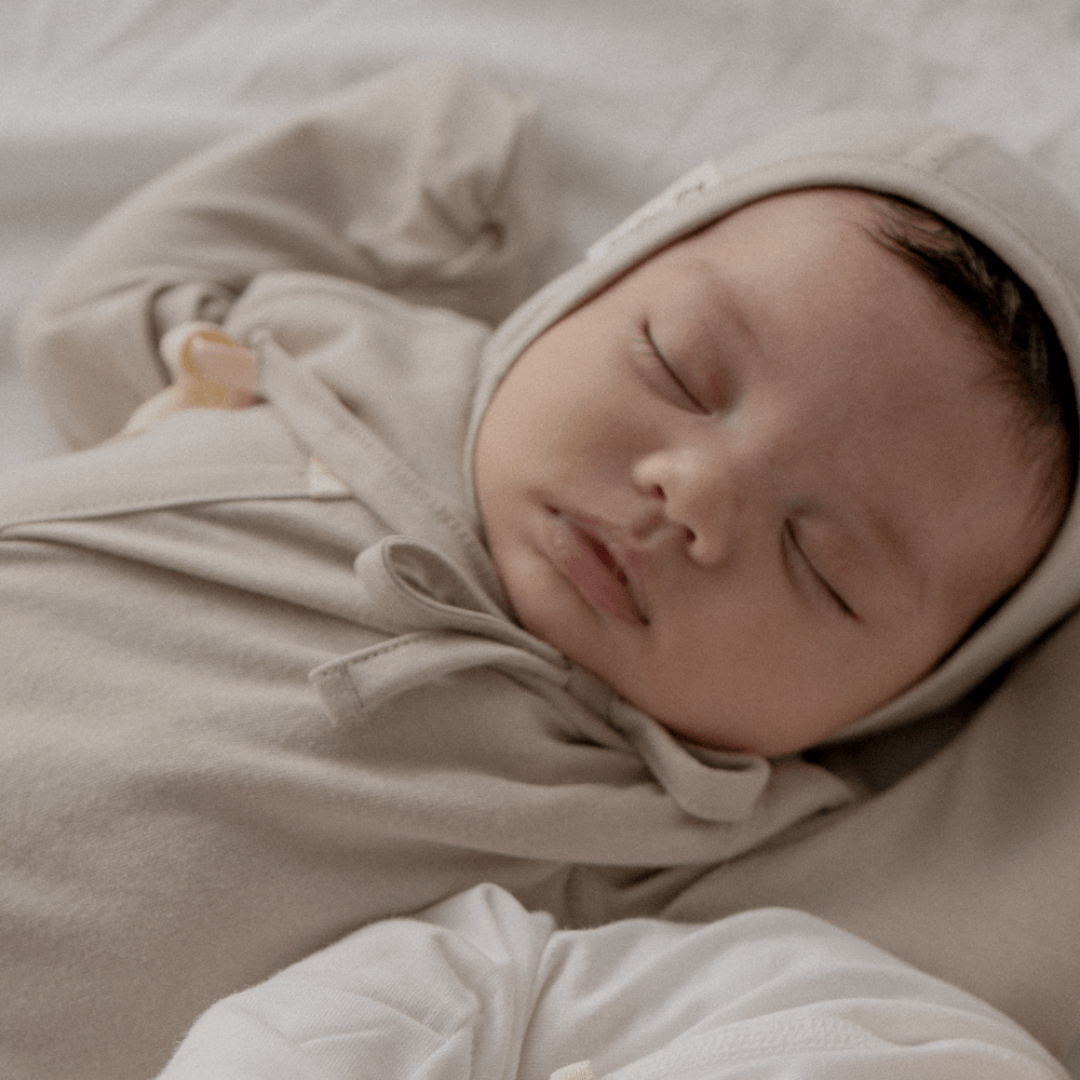
In summer, because of the hot and humid weather, we need to be more concerned about perineal wounds and breast care. Today, we will learn about the basics of summer postpartum care, including know-how for breast and perineal care!
1. How long is the postpartum care period?
The postpartum care period usually takes from 3 weeks to 100 days. Our Korean ancestors observe 21 days after childbirth as a time to block the entrance of family members and neighbours with a golden string. For at least three weeks, it was recognised that mothers and newborns had to be careful outside and protect themselves.
It takes about 3 to 4 weeks for the uterus to return to its pre-natal state. Sometimes up to 100 days are set as the postpartum care period because it takes about 3 months for the mother's bones to recover normally after childbirth. It is not necessary to stop daily work or light exercise, but it is good to be aware that the body is still weak.
2. Should I not turn on the air conditioner?
The basic principle of postpartum care is to lead a comfortable life. Of course, it is not recommended to use the air conditioner directly if it means staying too cold indoors.
However, if you use an air conditioner at the right temperature, it can actually help you recover. The recommended indoor temperature is 24 to 27 degrees, and the humidity is 40 to 60%. Please use indirect wind from the air conditioner to avoid dryness.
Tip:
It is good to wear thin socks or a thin long-sleeved outerwear indoors and use the air conditioner.
3. What if my chest hardens and hurts?
One of the things that troubles mothers after childbirth is chest pain.

Source: Medela Nipple Shields
a) If your child is unable to breastfeed or if you want to prevent nipple injuries, use a nipple protector. Wear it like in the photo above to correct the baby's sucking posture and prevent nipple cracks.

Source: Mother Mate
b) If you already have nipple wounds, you can try using a nipple wound skin protector like in the picture above.
Washing the breast area with warm water and then applying a dressing will help heal the nipple wound. Alternatively, you can use a nipple protection cream for recovery and prevention of nipple wounds. When choosing a nipple protection cream, you need to check the safety of the ingredients, because it can get into a child's mouth. Choose a nipple protection cream that is made with natural ingredients such as 100% lanolin, which allows you to breastfeed without applying and then wiping.

c) Even if you have a lot of milk, your chest may hurt. If your breasts are full of milk and you feel hot, swollen, and sore, there are many remedies. These include breast pack products, Cabo cream that contains natural ingredients such as cabbage leaves, and cabbages and cucumbers, which are often used in folk remedies. These provide an immediate cooling feeling, which helps to control the amount of breast milk. You can also try using a tea, etc.
If you use cabbage leaves, wash the soft leaves clean and put them in the refrigerator, then cut out circles for only the nipples and place them on your chest. If using food is cumbersome, you can use Cabo Cream containing cabbage for a cooling effect or use a chest pack after refrigeration. If you cool your chest, the milk stores will fill up and the pain will be relieved.
Tip:
If you are struggling with too much milk, you can help reduce the amount of breast milk by using sweet milk tea as an auxiliary method.
4. Too cold food is not good.
After childbirth, your teeth and joints are weakened, so eating ice, etc., may have a negative effect. Therefore, it is better to leave the fruit or drink at room temperature and eat it lukewarm rather than taking it out of the refrigerator and immediately consuming it. In summer, it is easy to prefer cold food to hot food, so please be careful about this. Avoid hard foods such as nuts.
5. How do women with natural childbirth in summer recover pain from perineal incision and manage wounds?
In the case of mothers who gave birth naturally in summer, they cannot stay cool because of postpartum care, sweat a lot through postpartum recovery, and have to wear a maternal pad because of discharge, so it is easy to get an infection in the suture area of the perineum.
Avoid tight-fitting underwear and wear cotton underwear. Lie on your side as much as possible and avoid sitting or standing for long periods of time. It is also a good idea to use a perineal cushion when sitting.
The pads worn are also replaced every 4-6 hours. Take a shower with warm water once a day, dry the suture area, and wear underwear to keep it clean. A sitz bath is also good for infection prevention and wound healing. 2-3 times a day is appropriate.
Soak your buttocks in 40-degree hot water and rest for 5 to 10 minutes. It is good to take a sitz bath up to 6 weeks after childbirth, but if you feel uncomfortable or have problems in the perineum, stop immediately. After childbirth, you can use perineal spray products that help restore the perineal incision and relieve pain.
---------------------------------------------------
Author: Lee Ji-hyun
- A Secondary School Level 2 Teacher Certificate
- As a real mother of a child, she ponders specific parenting tips between reality and theory. She has worked as an educational civic activist and freelance journalist.







